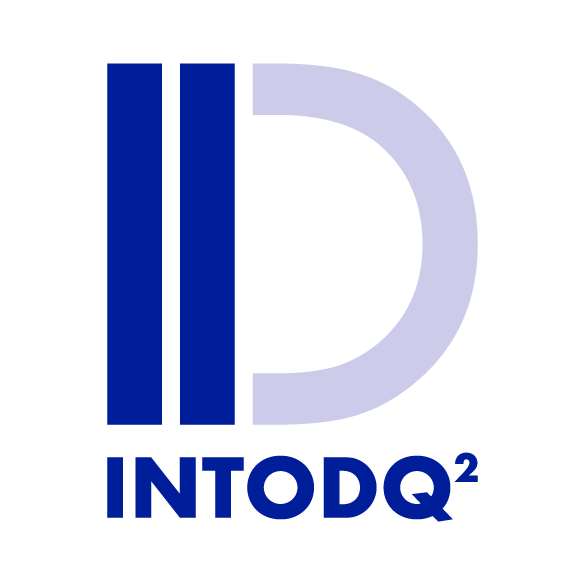Blogpost
March 6, 2023 - By Precisely Editor - 10 minute read
3 WAYS DATA GOVERNANCE CAN DRIVE THE BOTTOM LINE
Introduction
Many data governance programs fall short of expectations and even get derailed because they start off with unclear objectives. We see this happen in many companies. A mitigating precipitating event leads top management to declare the need for a data governance program. A team is assembled and gets to work. Eventually, they solicit input from business users, but those users don’t necessarily see a connection between data governance and business value. Frustration ensues, business value is not documented or properly shared, and eventually, upper management withdraws its support.
This scenario can be easily avoided if data governance leaders begin with clear business objectives in mind. Data represents a valuable asset to the organisation. Governance ensures that this asset is effectively managed so that it delivers optimal value – for example, by delivering the right information to the right users at the right time to support effective business decisions.
We refer to this goal-oriented strategy as the “business-first” approach. Experience has proven its value. Companies that use the business-first approach succeed in rolling out programs up to 40% faster than those that do not. They generate between 2x and 7x the ROI, and the likelihood that executive management will reinvest in data governance jumps by an impressive 75%.
Here are three ways that data governance can contribute to your bottom line results. But first, let’s examine the concept of governance as a “painkiller” vs. as a “vitamin.”
1. Painkillers vs. Vitamins
Most companies have a collection of “must-have” reasons for starting a data governance program. These often revolve around compliance, but they may include data quality or data transformation initiatives, that are widely viewed as a necessity to conduct business. We call these “painkillers.” These are the compelling reasons that drive many organisations to do data governance in the first place.
When data governance is done right, though, a great deal more value can be realised. Proactive companies that take the business-first approach can look to additional “bonus” business benefits, which we often refer to as “vitamins.” These are the value-added factors in a data governance program that lead people throughout the organisation to fully understand and appreciate the contribution that governance can make to the organisation.
As we look at three ways that data governance can drive more profit to the bottom line for financial services organisations, we’ll address some of the potential “vitamins” as well as the painkillers that can substantially enhance the overall value of a governance program.
2. Faster Time to Insights
As the volume and variety of data available to business users have increased exponentially, analytics is playing a more important role than ever in generating valuable insights that lead to business value. Unfortunately, many companies are still grappling with analytics systems that lack a single, coherent view of the organization’s data and prevent them from accessing the information on a timely basis.
Effective data governance begins with understanding which data assets are available across the entire organisation, and which are of the most critical to specific business outcomes. Data discovery provides visibility to that information and provides a foundation for greater insight through the data catalog and data lineage. That, in turn, enables data governance leaders to gain a better understanding of what they’re working with. Where is the data? Where did it come from? When was it last updated?
These are the painkillers associated with analytics, but there are opportunities to add vitamins to the mix as well. In this case, that may take the form of data literacy programs for business users throughout the organisation. One of the vitamins in this example would be enabling data consumers to better understand the lifecycle of corporate data assets to read, understand, create, and communicate data as information enterprise wide.
3. Mitigate Risk and Speed Regulatory Compliance
In today’s highly connected digital world, compliance is extraordinarily important. Privacy regulations such as Europe’s GDPR and California’s Consumer Privacy Act are changing the way organisations must work with their customers’ data.
Breaches of privacy present a potential legal problem and can lead to severe reputational damage. Even in the absence of regulatory action, an incident that appears to compromise customers’ private information can be costly.
Personally identifiable information (PII) is often protected by law, but in some cases, it may not be clear which data fits into that category. Automated PII detection is one way that companies can mitigate risk. Access control is obviously a must-have. Monitoring data usage, likewise, is an important step to limit risk exposure.
If those are the painkillers associated with risk and compliance, then faster and simpler regulatory reporting is a vitamin. The net result of an effective governance program can be a 10% improvement in a company’s reputation and a 15% reduction in the risk of fines or penalties.
When you start out with clearly defined business objectives, your data governance initiative is bound to succeed. To learn more about effective data governance, check out Precisely’s free on-demand webinar, Data Governance That Drives the Bottom Line.
“originally published on www.precisely.com”


